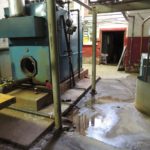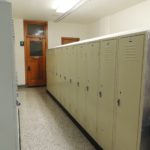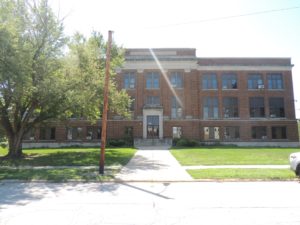
Most of the conversation about the $21.48 million bond issue on the ballot for a special election April 3 in the Greene County school district has been on the proposed new high school and adjacent regional academy.
Members of the Our Kids, Our Future – Greene County committee and school superintendent Tim Christensen say the new construction isn’t the compelling need for the project. “The issue starts with the middle school. That building needs to be updated. It just doesn’t work as a school any more, and after looking at all the options, the best choice is what we’re talking about – building a new high school and moving middle schoolers to the current high school,” Christensen said.
If the bond issue is approved, the district would move students in grades 5-8 out of the 1921 building on W. Harrison St to the 1966 high school on the south side of Jefferson. The bond issue includes $1.7 million for work at the high school, including secure entrances, work in the gymnasium to make it suitable for middle school competitions, and repurposing space for the district’s administrative offices.
The school board would “decommission” the 1921 building, not tear it down.
Sid Jones and Chris Deal, the pair who first proposed the entire project, say there are many similar school buildings around the state that have been renovated into condos and apartments. One of the closer ones is the old Roosevelt school in Ames. Built in 1924 as an elementary school near downtown Ames, the building now is home to 20 condos known as “The Roosevelt”. Click here to see photos.
Several developers have already asked for floor plans of the building in anticipation of it becoming available for a housing project, Jones said.
“We’ve got a lot of opportunity with our [building]. It’s a wonderful location, close to a lot of services, “ Deal said.
He explained that developers have an advantage in tackling such projects because they’re eligible for historic tax credits schools can’t access. He said that if Pillar Technology opens a Jefferson location, there will be a demand for housing.
The decision to decommission the 1921 school was made after OPN Architects did an assessment of the building and provided cost estimates to bring it up to current codes. While teachers and students have talked about cramped classrooms and the lack of a cafeteria, OPN architects focused primarily on handicap accessibility, stairs, restrooms, and the condition of the lowest level of the building. Addressing interior structural, finish, mechanical and electrical deficiencies, as well as installing fire suppression to bring the building up to code would cost $5 million.
The building still wouldn’t provide a 21st century learning environment, with flexible space for collaborative learning and the use of technology.
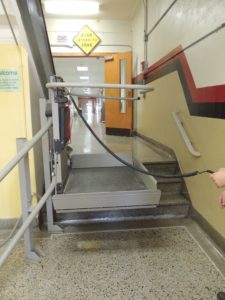
Peg Raney, a co-chair of the Our Kids, Our Future committee, taught several years in the middle school. For her, having a school all on one level and easily accessed by students with special physical needs, is very important. She tells of students missing 10 minutes of class every day because of needing to use the wheelchair lift to get from floor to floor. The lift takes up nearly the entire stairwell, and can’t be used while other students are passing in the hallways. Students who need the lift leave class early or arrive late. “It’s necessary, not just something on a wish list, to have an accessible building,” Raney said.
The move to the current high school would give middle school students 40 percent larger classrooms than what they have now. Christensen explains the need for more space.
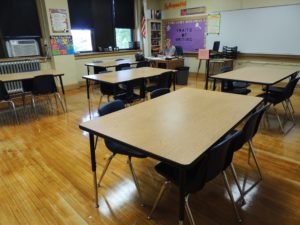
“Education isn’t what it was years ago. Desks aren’t all in rows and the teacher doesn’t stand in front lecturing the entire time,” he said. “There might be 10 minutes of instruction and then students break into groups.”
He described a 21st century classroom as having several seating options and flexibility in furniture placement. He said modern workplaces have changed and classrooms need to, also. “School isn’t anything like the ‘real world’ the way we’ve been doing it. Adult workplaces aren’t all in rows. Our kids will be better prepared for success if we get them ready for their future work environment,” he said.
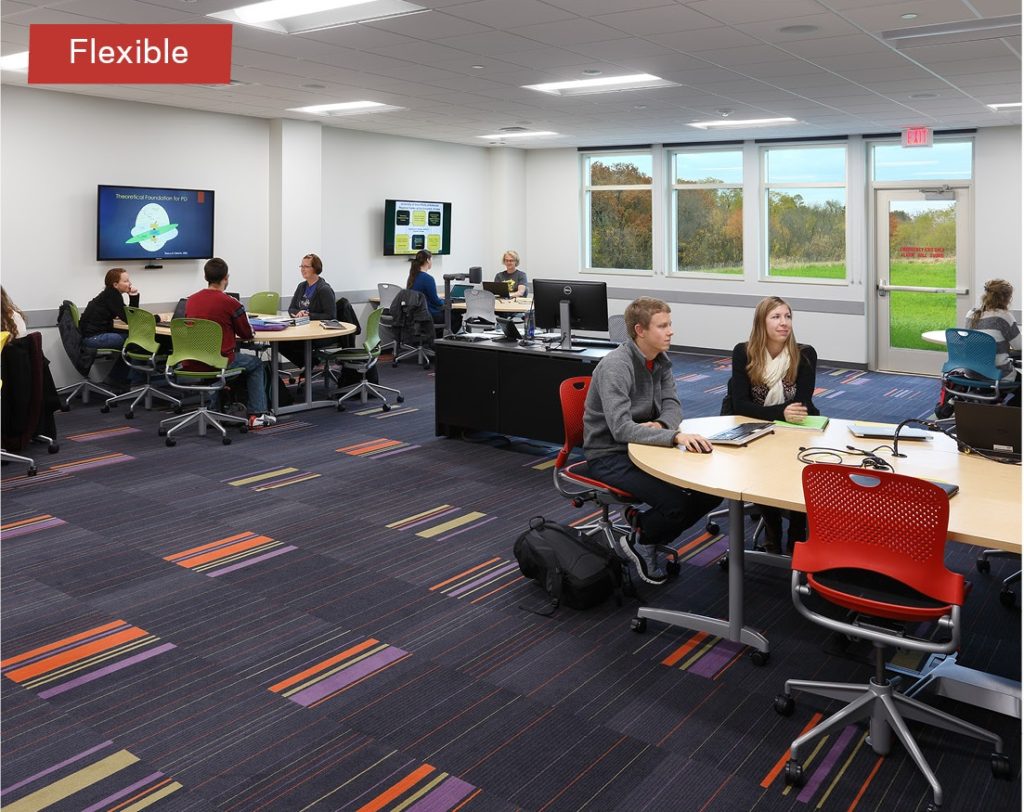
If the bond issue is approved, the work at the current high school would allow the district to vacate its central offices at the former south grade school, now called the administrative building. The non-profit Greene County Early Learning Center leases most of the classrooms there; the building would be sold to the ELC at a nominal cost.
Jones, a banker, acknowledges that owning the building would be a big step for the Early Learning Center. He suggested that local industries “need to recognize the importance of child care in drawing families,” and those industries could play a role in the sustainability of the ELC.

